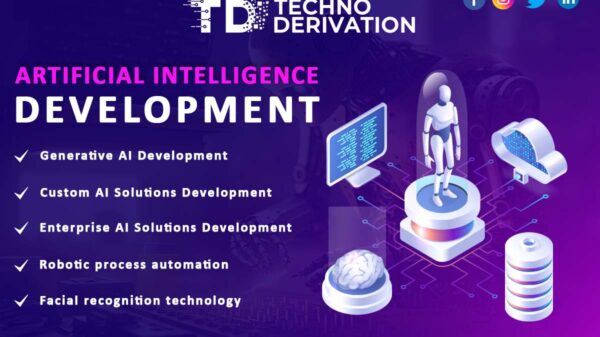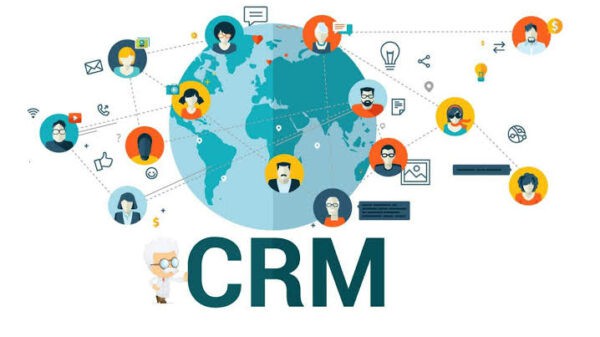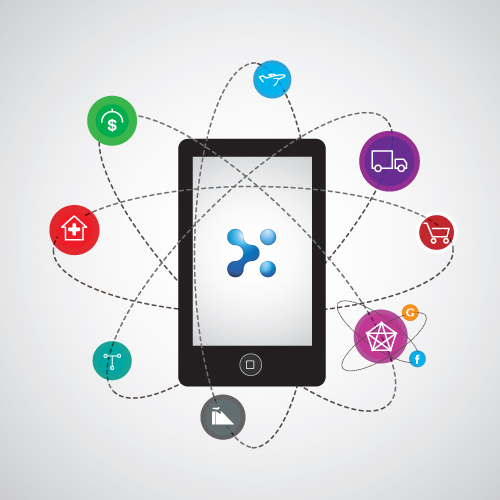Introduction To Enterprise Mobility
Presenting a host of opportunities and challenges, enterprise mobility’s opportunities can be found in its capacities. The capabilities mold the business model, sanctioning the employees and improving collaboration. Facilitating maintenance of customer relationship and leveraging customer loyalty, enterprise mobility presents challenges like security, provisioning and device management.
Recent Trends In Mobility
Driven with niche technologies, the mobile devices have undergone a sea change by becoming more sophisticated and business oriented. The other factor favoring the Bring Your Own Device (BYOD) trend in adaptation of the devices by this millennial generation has also driven mobility into the Cloud. The factor like adaptability, enhanced capabilities and cheaper prices is what driving this adoption of mobility as an alternative to other devices like the desktop or laptop. In the smartphone, its network capabilities, high-bandwidth wireless access to TCP/IP and low costs are also other important factors acting as the catalyst to this transition.
Benefits Of Enterprise Mobility
Adopting the enterprise mobility benefits business-to-employee, business-to-business, and business-to-consumer. It enhances the productivity, retains customer loyalty, optimizes operations and streamlines the supply chain management. Relevant mobile applications enable validation of data that provides the sales department the ability to identify sales opportunities. Adapting mobility to facilitates working from anywhere and anytime and thereby reduces carbon footprint.
In the B2C sector, through mobility businesses could sell their goods through mCommerce. It is an inevitable fact that presence information builds a stronger relationship with consumers. Location of the cell phone user, its browsing history etc. is tracked. This information gives a competitive advantage to the business. It also enables to evaluate the interaction that will facilitate in presenting related services and products to the target user.
Challenges In mobility
The mobility may have its benefits, but its adoption path is rife with challenges that need to be addressed. The first is the development of an effective enterprise mobility strategy and second, is in determining the implementation process, its management, and securing of these new technologies. Lastly, the companies needed a management strategy that would be able to control of myriad devices in the mobile ecosystem.
What’s Lie Ahead In Enterprise Mobility?
This recent trend of BYOD, ample opportunities of the mobile platform, mobile Cloud, and various other technologies are driving the growth of enterprise mobility. With the customers wanting to see more openness in the infrastructure, enterprise mobility have strengthened business connections and improved productivity.
With innovative hybrid, native and web applications being brought into the market, mobile advertising will be an indispensable part. The efforts of the marketers are to assemble the user data and aid in understanding of the customer through tracking the online social networks. The mobile cloud enables improved understanding of the market evolution and allows the IT infrastructure to deliver flexible, agile, storage, networking, and computation.
There will be a considerable growth of enterprise mobility solutions in the consumer sectors and mobile transactions. The mobility will drive automation throughout the organization and companies will benefit with the easy accessibility, visibility and productivity.
Working as a writer with Maketick, Inc. Aditi Biswas loves blogging, posting informational content and sharing her views regarding technical updates. In her free time, she is an avid reader and pens her thoughts in verses.

























































































































































































